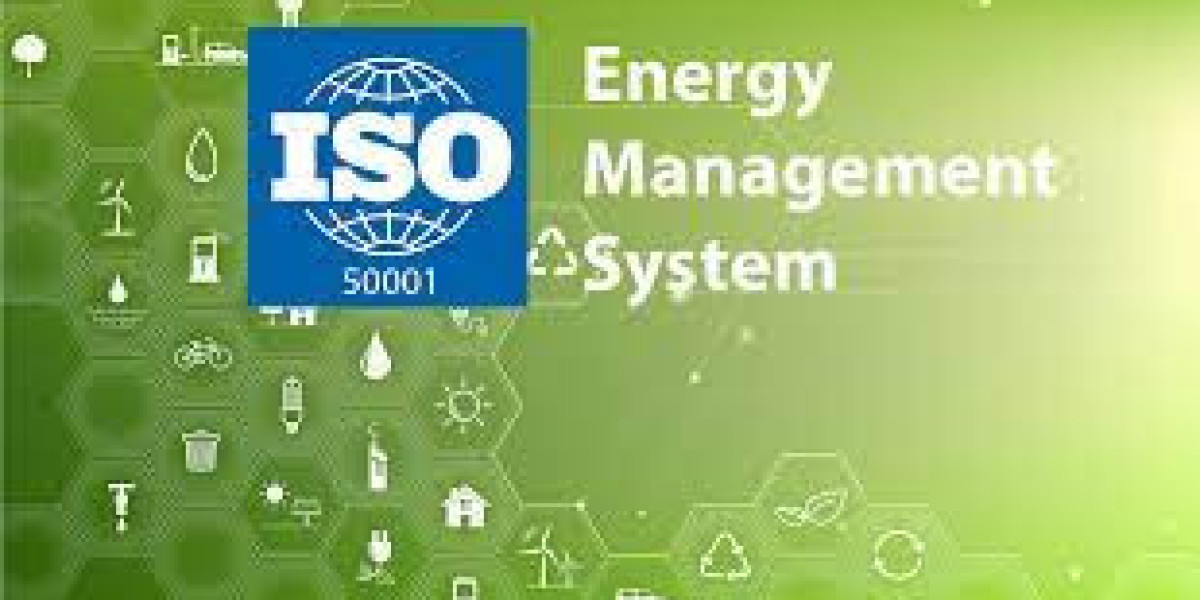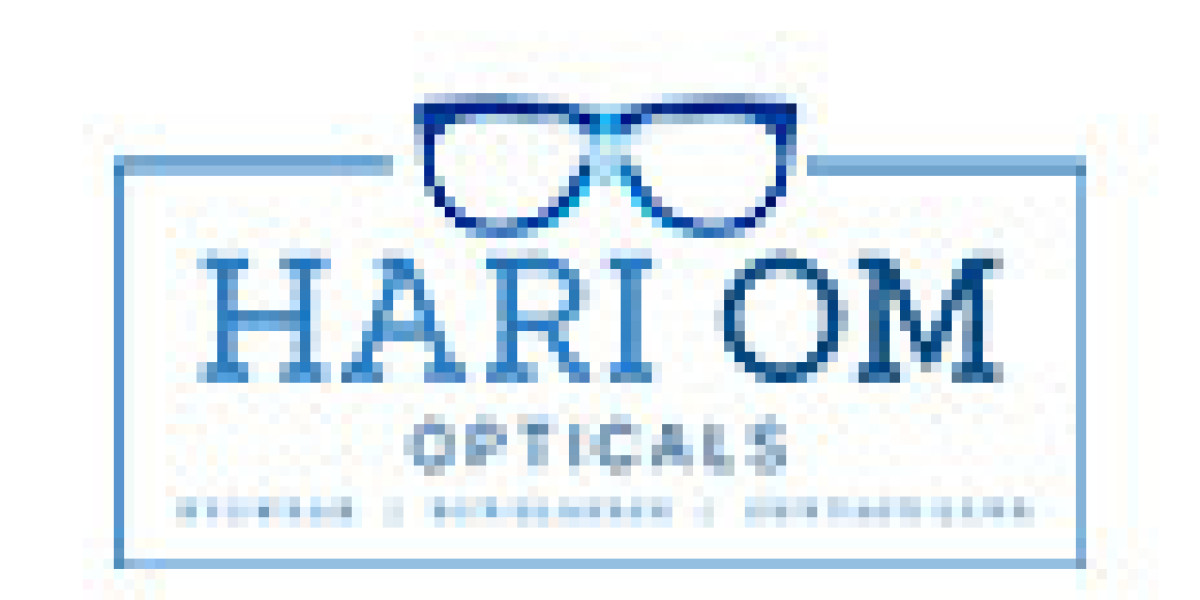ISO 50001 Training: Empowering Energy Management Excellence
Introduction
In an era where energy conservation and sustainability are paramount, ISO 50001 stands as a beacon for organizations aiming to improve their energy performance. The ISO 50001 standard provides a structured framework for energy management systems (EnMS), enabling businesses to establish, implement, maintain, and improve energy efficiency. Training in ISO 50001 is crucial for organizations seeking to harness the full potential of this standard. This article delves into the importance of ISO 50001 training, exploring its benefits, key components, implementation strategies, and the role of certified professionals.
Benefits of ISO 50001 Training
ISO 50001 training equips organizations with the knowledge and skills necessary to develop a robust energy management system. One of the primary benefits is cost reduction. By optimizing energy use and reducing waste, companies can achieve significant savings on their energy bills. Additionally, the training helps organizations identify areas where energy efficiency can be improved, leading to lower operational costs and increased profitability.
Beyond financial gains, ISO 50001 training enhances environmental performance. Organizations that adopt energy-efficient practices contribute to the reduction of greenhouse gas emissions and other environmental pollutants. This not only supports global sustainability efforts but also improves the organization's reputation and brand image. Companies that demonstrate a commitment to energy management are often viewed more favorably by customers, investors, and regulatory bodies.
Moreover, ISO 50001 training fosters a culture of continuous improvement. It encourages employees at all levels to engage in energy-saving practices and innovations. This cultural shift can lead to enhanced employee morale and productivity, as staff feel empowered to contribute to the organization's sustainability goals. Training programs often include practical exercises and real-world examples, ensuring that participants can apply their knowledge effectively in their respective roles.
Key Components of ISO 50001 Training
Effective ISO 50001 training programs cover a wide range of topics to ensure comprehensive understanding and application of the standard. One of the core components is the Plan-Do-Check-Act (PDCA) cycle. This iterative process is central to ISO 50001, guiding organizations through the planning, implementation, monitoring, and continual improvement of their energy management systems. Training participants learn how to apply the PDCA cycle to identify energy performance indicators, set objectives, and implement action plans.
Another critical element of the training is energy review and planning. This involves analyzing current energy use and consumption patterns to identify significant energy uses (SEUs) and areas for improvement. Participants learn how to conduct energy audits, assess energy baselines, and establish energy performance indicators (EnPIs). These skills are essential for developing effective energy management plans and setting realistic, achievable energy performance targets.
Training also covers the importance of documentation and record-keeping. ISO 50001 requires organizations to maintain detailed records of their energy management activities, including energy reviews, action plans, and performance evaluations. Participants learn how to create and manage these documents, ensuring compliance with the standard and facilitating continuous improvement. Proper documentation also aids in internal and external audits, providing evidence of the organization's commitment to energy management.
Additionally, ISO 50001 training emphasizes the role of top management in driving energy management initiatives. Leadership commitment is crucial for the success of an EnMS. Training programs often include modules on how to secure top management support, allocate resources, and integrate energy management into the organization’s strategic objectives. This ensures that energy management is not a standalone activity but a core aspect of the organization’s overall strategy.
Implementation Strategies for ISO 50001
Implementing ISO 50001 requires a strategic approach that encompasses several stages. The first step is to conduct a gap analysis to assess the organization’s current energy management practices against the requirements of ISO 50001. This analysis helps identify areas that need improvement and provides a roadmap for the implementation process. Training programs guide participants through the gap analysis process, helping them develop a clear understanding of the steps needed to achieve certification.
Once the gap analysis is complete, the next step is to establish an energy management team. This team, typically led by an energy manager, is responsible for overseeing the implementation and maintenance of the EnMS. Training emphasizes the importance of selecting team members with the right skills and knowledge, as well as defining their roles and responsibilities. Effective teamwork and collaboration are essential for the successful implementation of ISO 50001.
Developing an energy policy is another critical aspect of implementation. The energy policy outlines the organization’s commitment to energy management and sets the direction for its energy management activities. Training participants learn how to draft an effective energy policy that aligns with the organization’s strategic objectives and complies with ISO 50001 requirements. The policy should be communicated to all employees, ensuring that everyone understands and supports the organization’s energy management goals.
The final stages of implementation involve monitoring and reviewing energy performance. This includes regular energy audits, performance evaluations, and management reviews. Training programs provide participants with the tools and techniques needed to carry out these activities effectively. Continuous monitoring and review ensure that the EnMS remains effective and that the organization continues to achieve its energy performance targets. It also allows for the identification of new opportunities for improvement and innovation.
The Role of Certified Professionals
Certified professionals play a crucial role in the successful implementation and maintenance of ISO 50001. They bring specialized knowledge and expertise to the organization, ensuring that the EnMS is developed and managed in accordance with the standard. ISO 50001 certification for individuals typically involves rigorous training and examination processes, covering both theoretical and practical aspects of energy management.
Certified professionals are responsible for conducting energy audits, identifying SEUs, and developing action plans to improve energy performance. They also play a key role in training and educating other employees, fostering a culture of energy awareness and conservation within the organization. By sharing their knowledge and expertise, certified professionals help build the internal capacity needed to sustain the EnMS over the long term.
In addition to their technical skills, certified professionals often act as advocates for energy management within the organization. They work closely with top management to secure the necessary resources and support for energy management initiatives. They also liaise with external stakeholders, such as regulatory bodies and certification auditors, ensuring that the organization meets all compliance requirements and maintains its certification status.
The presence of certified professionals can also enhance the organization’s credibility and reputation. Clients, investors, and regulatory bodies often view ISO 50001 certification as a mark of excellence in energy management. Having certified professionals on staff demonstrates the organization’s commitment to high standards and continuous improvement in energy performance.
Conclusion
ISO 50001 training is a critical investment for organizations seeking to enhance their energy management practices and achieve sustainable growth. The training provides valuable insights into the benefits of ISO 50001, the key components of an effective EnMS, and the strategies for successful implementation. Certified professionals play a pivotal role in guiding organizations through the complexities of energy management, ensuring compliance with the standard, and driving continuous improvement. By embracing ISO 50001 training, organizations can unlock significant cost savings, improve their environmental performance, and foster a culture of energy excellence.



